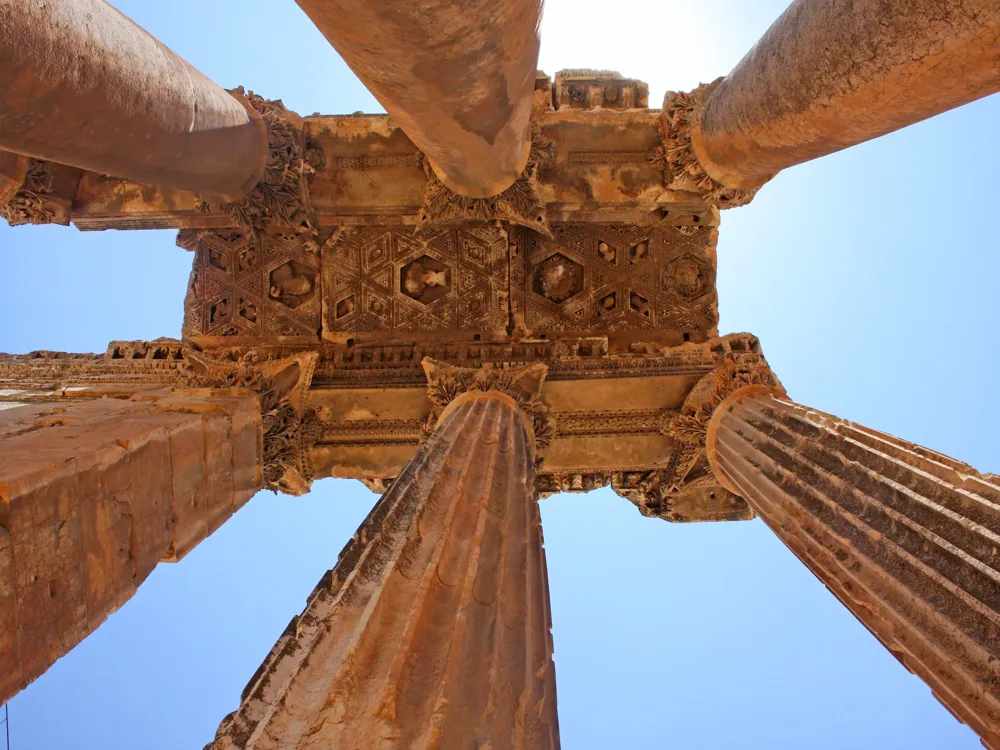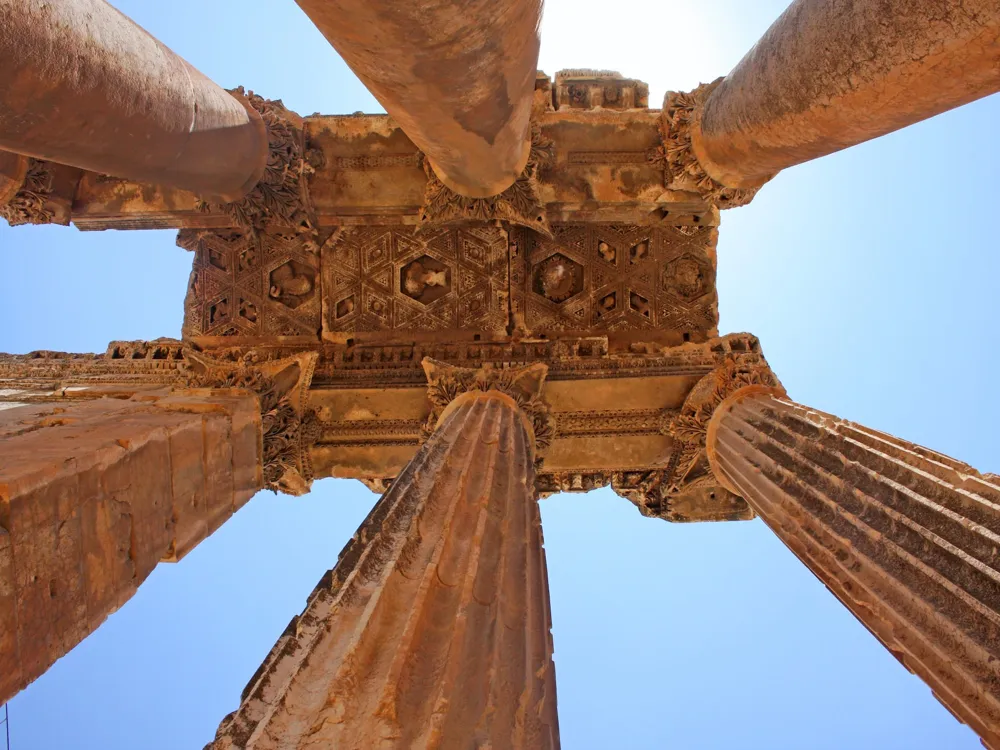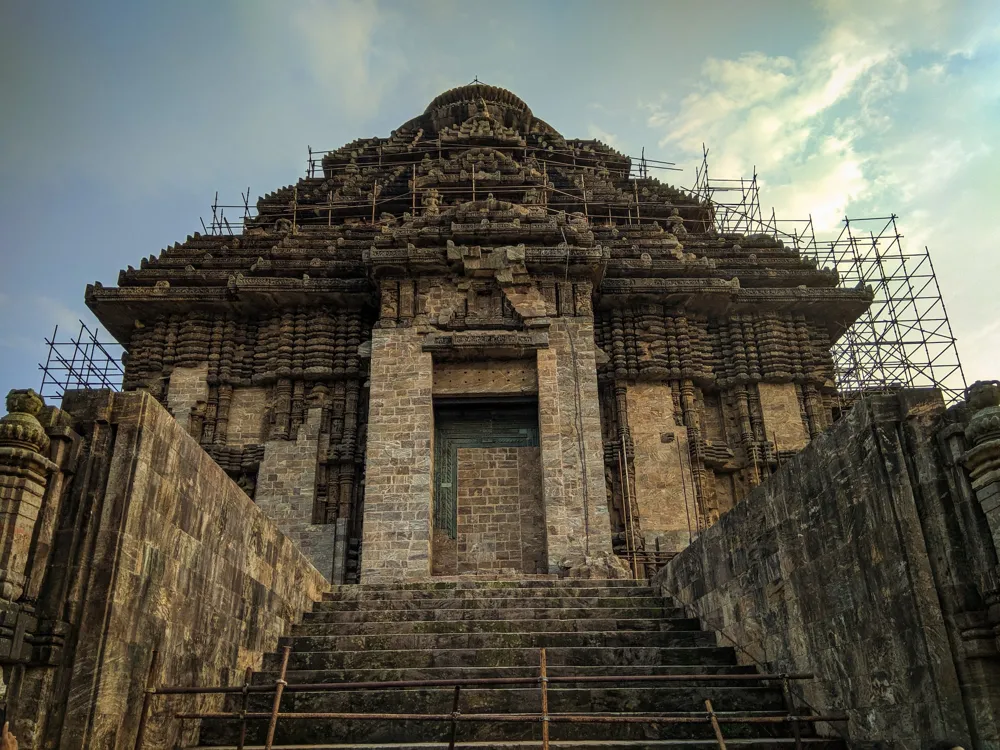The Chausath Yogini Temple, nestled in the historic city of Bhubaneswar, Odisha, is a revered and ancient temple that dates back to the 9th century. This temple, dedicated to the 64 Yoginis, stands as a testament to the rich cultural and religious heritage of India. It is one of the few Yogini temples in the country, offering a unique glimpse into the religious practices and socio-cultural dynamics of the era in which it was built. Chausath Yogini Temple is renowned for its circular architecture, which is a distinct departure from the traditional temple architecture seen in other parts of Odisha. This circular design represents the concept of the infinite nature of the cosmos and is believed to be a form of the goddess's manifestation. Each of the 64 niches in the temple wall houses a different form of the goddess, depicting various aspects and attributes. The temple provides an immersive experience into the mystical world of Tantra and Shakti worship, which was prevalent during its time of construction. As one of the oldest surviving Yogini temples in India, it holds great archaeological and historical significance. The temple not only attracts devotees and pilgrims but also historians, archaeologists, and tourists from across the world, intrigued by its unique architecture and the enigmatic deities it houses. The architecture of the Chausath Yogini Temple is a marvel in itself, reflecting the ingenuity and skill of the artisans of the 9th century. The temple's circular layout is its most distinguishing feature, providing a 360-degree panoramic view of the entire structure. The main temple is an open-air circular pavilion, with no roof, which is quite uncommon in traditional Indian temple architecture. Each of the 64 niches around the inner wall of the temple is intricately carved, housing beautifully sculpted figures of the Yoginis. These figures are made of fine-grained sandstone and exhibit a high degree of craftsmanship. The Yoginis are depicted in various poses, some in dance positions, while others are adorned with different weapons, symbolizing their warrior nature. The central shrine, believed to have housed a deity of Shiva and Parvati, speaks volumes about the tantric traditions prevalent during the period. The temple's design is thought to be influenced by both Buddhist and Hindu architectural styles, showcasing a blend of religious harmony and cultural exchange. The temple complex also features other smaller shrines and structures, adding to its spiritual and architectural grandeur. Before visiting the Chausath Yogini Temple, it is advisable to check the temple timings and any special events or rituals that might be taking place. Being an ancient site, it’s important to plan your visit during daylight hours to fully appreciate the architecture and sculptures. Visitors should dress modestly and be respectful of the religious and cultural sentiments of the devotees and priests at the temple. Photography might be restricted in certain areas, so it’s recommended to ask for permission before taking pictures. Consider hiring a local guide to gain deeper insights into the temple's history, architecture, and the legends of the Yoginis. Guides are usually available at the temple entrance. Carry water and wear comfortable footwear as you might need to walk a fair distance. Since the temple is an open-air structure, it's advisable to carry hats or umbrellas for protection against the sun or rain. Chausath Yogini Temple is well-connected and easily accessible from various parts of Odisha. The nearest airport is the Biju Patnaik International Airport in Bhubaneswar, which is approximately 20 kilometers from the temple. Visitors can hire taxis or take local buses to reach the temple. For those preferring train travel, Bhubaneswar Railway Station is the nearest, with excellent connectivity to major Indian cities. Auto-rickshaws and cabs are readily available from the station to the temple. Additionally, for those driving, the temple is well-signposted and can be accessed via major roads leading to and from Bhubaneswar. Read More:Overview of Chausath Yogini Temple, Bhubaneswar
Architecture of Chausath Yogini Temple
Tips When Visiting Chausath Yogini Temple
Planning Your Visit
Cultural Sensitivity
Guided Tours
Safety and Comfort
How To Reach Chausath Yogini Temple
Chausath Yogini Temple
Bhubaneswar
Odisha
NaN onwards
View bhubaneswar Packages
Bhubaneswar Travel Packages
View All Packages For Bhubaneswar
Top Hotel Collections for Bhubaneswar

Private Pool

Luxury Hotels

5-Star Hotels

Pet Friendly
Top Hotels Near Bhubaneswar
Other Top Ranking Places In Bhubaneswar
View All Places To Visit In bhubaneswar
View bhubaneswar Packages
Bhubaneswar Travel Packages
View All Packages For Bhubaneswar
Top Hotel Collections for Bhubaneswar

Private Pool

Luxury Hotels

5-Star Hotels

Pet Friendly






















